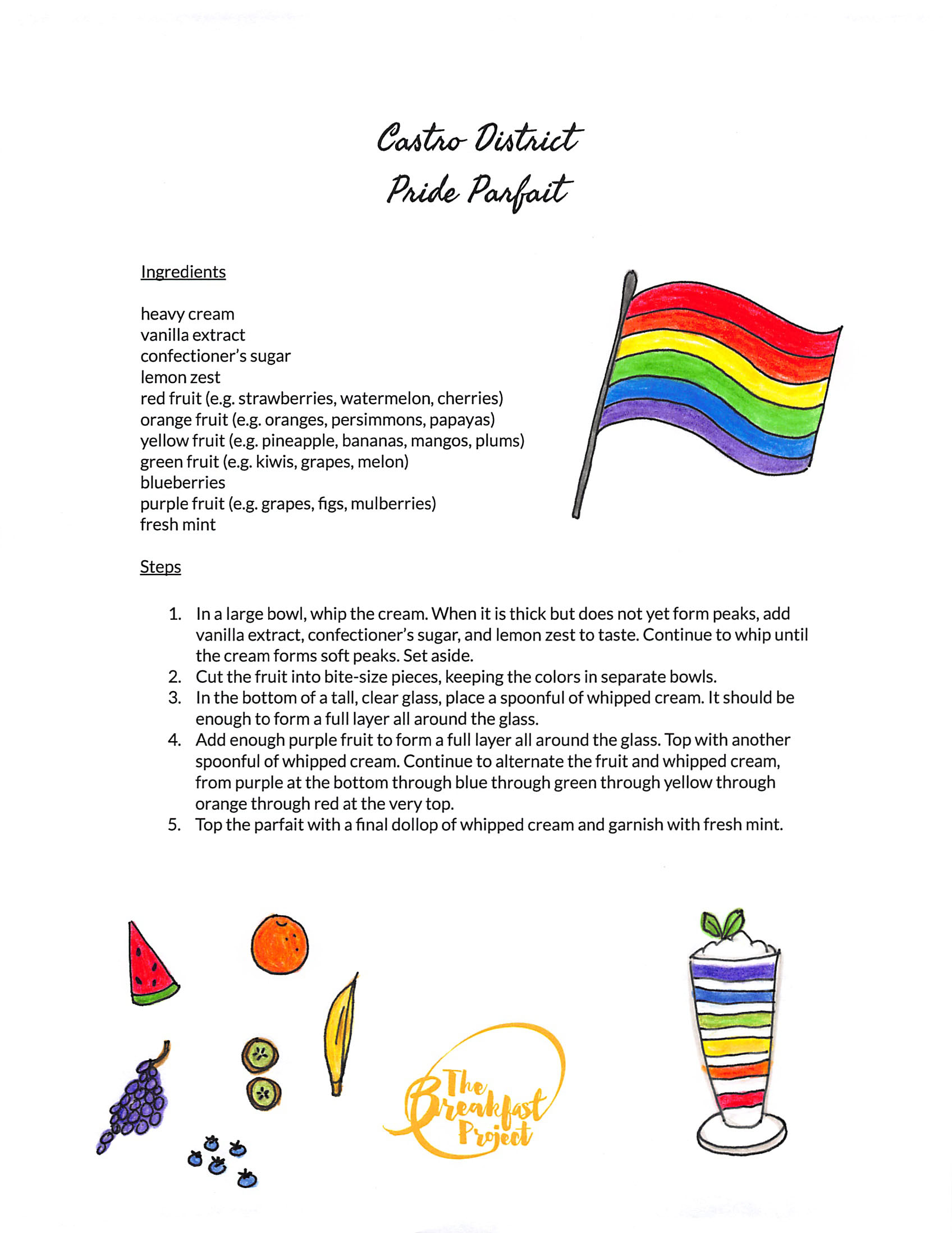We had an incredible first week in the kitchen with Ms. Reynolds’ and Ms. Butler’s classes. For nine weeks, we will explore the food system and learn more about local producers and eating with the seasons. Our inaugural class started with a discussion of the drastic changes over the past century in how accessible local food is to the average American. In 1919, most Americans ate out of their own gardens and preserved the summer bounty to last through the winter; in 2019, we can get fresh tomatoes and bananas grown in Mexico at the corner store in January. Advances in transportation, government subsidies, and ignoring the environmental costs of large-scale industrial farming have all contributed to the current system where local food is harder to find and often costs more out of pocket, even in farm-dense California.
Ms. Katie introduced our recipe, Locavore’s Carrot Salad, which featured only ingredients grown or produced within 101 miles of Harvey Milk (with the exception of the salt and pepper): Nantes carrots from Full Belly Farm in Guinda (101 miles away), Meyer lemons from Live Earth Farm and cilantro from Hikari Farms in Watsonville (90 miles away), green garlic from Knoll Organic Farms in Brentwood (61 miles away), cumin seeds from Spicely Organics in Fremont (45 miles away), and extra-virgin olive oil from Séka Hills in Brooks (92 miles away). We plotted all these producers on a map of California and then watched a short film featuring local professor and writer Michael Pollan talking about why we should consider eating local food and took a virtual tour of olive oil producer Séka Hills, which is a business of the Yocha Dehe Wintun Nation in the Capay Valley.
Then we walked to the kitchen and got to work! In addition to making the carrot salad, students also shook their own butter starting with cream from Straus Family Creamery in Marshall (48 miles away). When the spice grinding, carrot and green garlic slicing, lemon juicing, cilantro picking, sauteing, and tasting for seasoning were done, we shared the vibrant salad with the fresh butter on bread from Marla Bakery in San Francisco (4 miles away) and Firebrand Artisan Breads in Oakland (13 miles away). We particularly appreciate how well our second-grade chefs worked together sharing tools and how much they embraced our entreaty to savor the moment.





























































































































































































































































